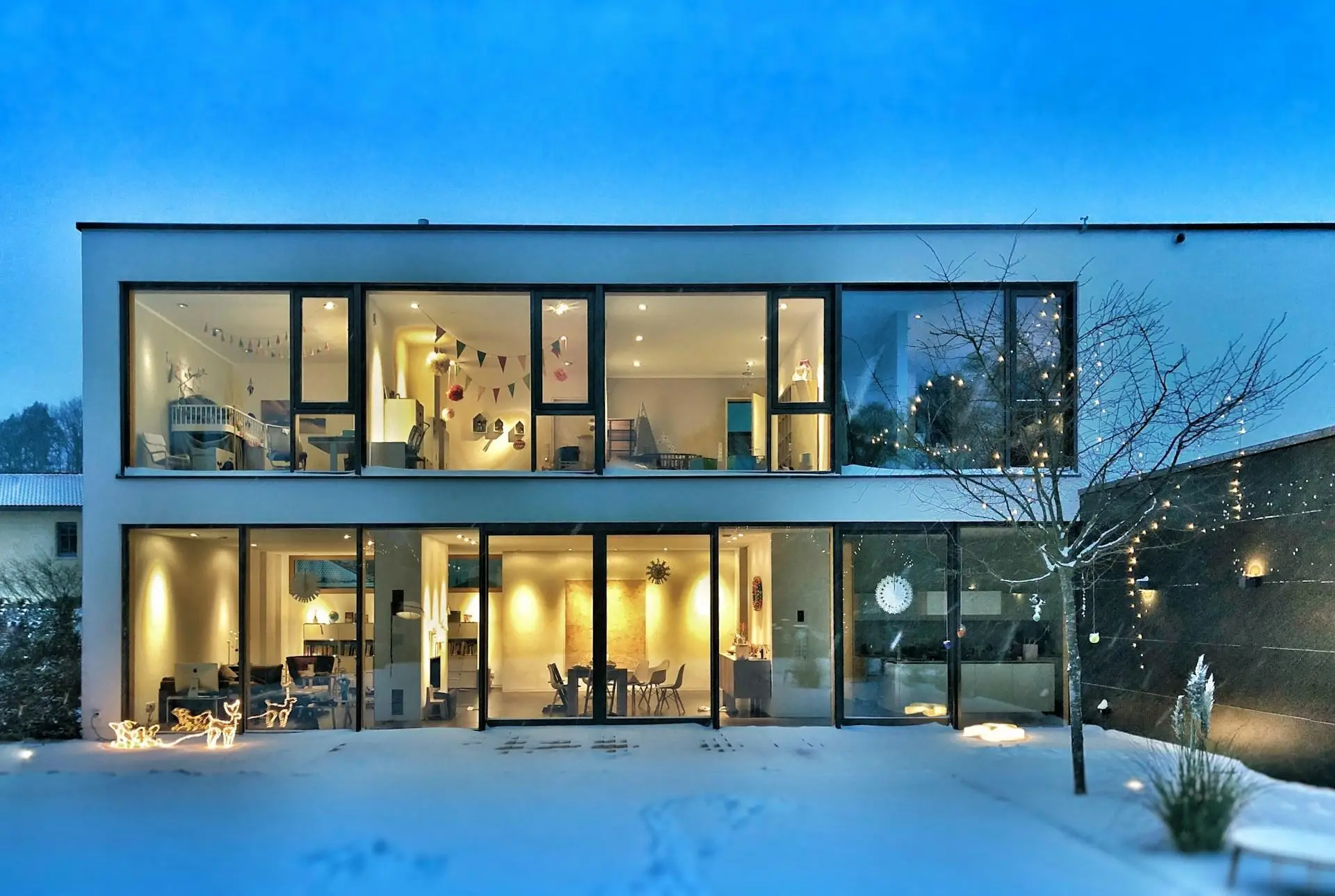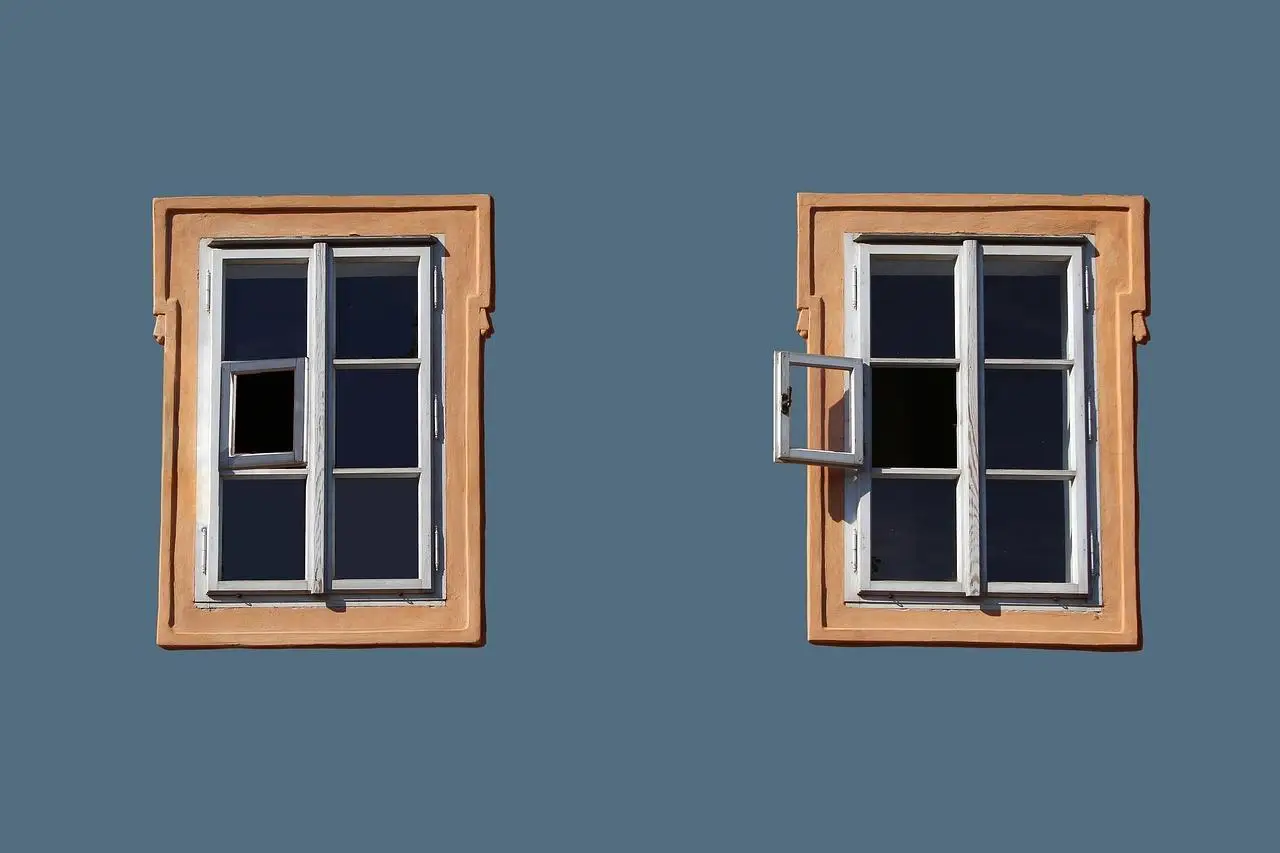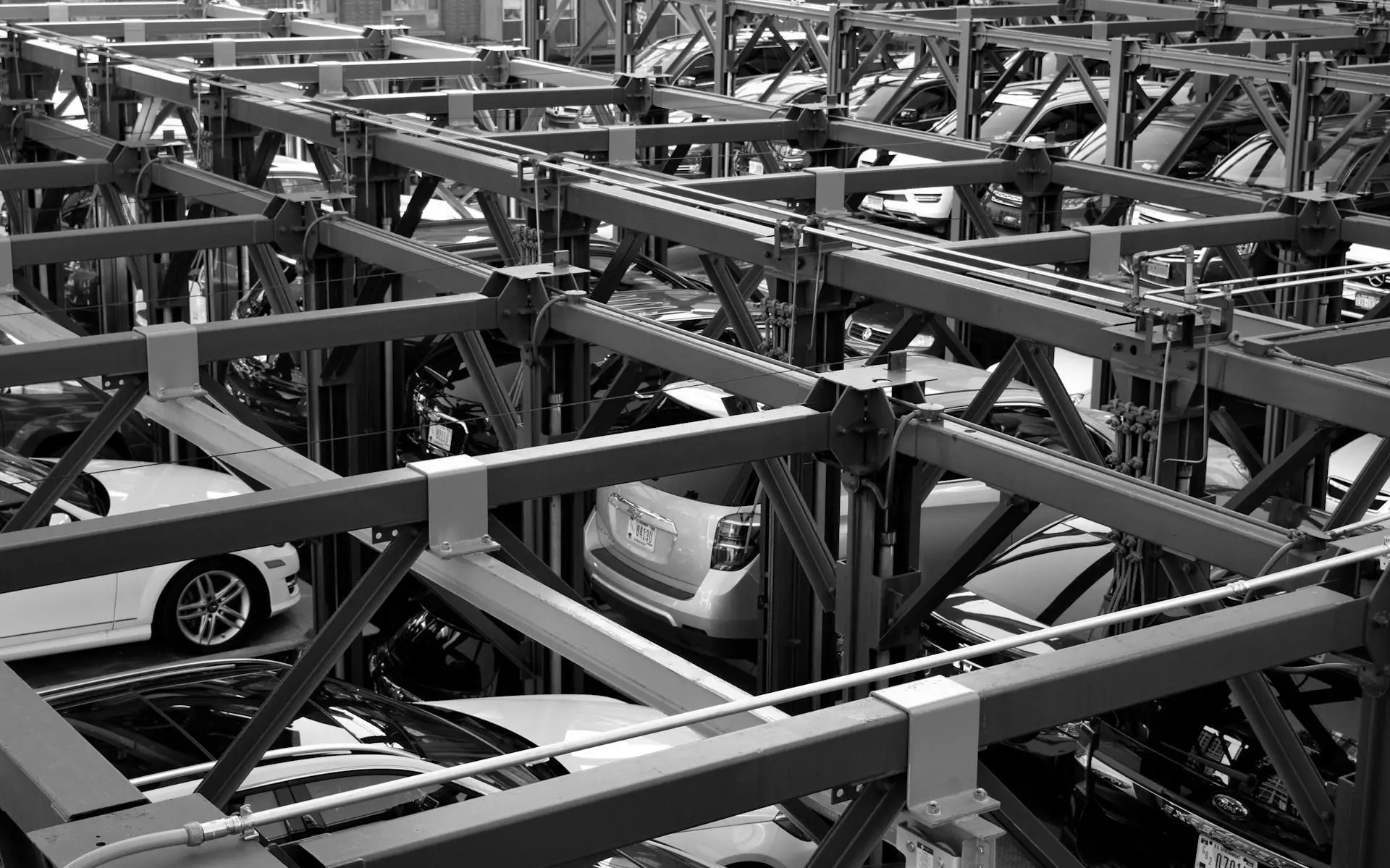Preparing Your Home for Winter: Easy Steps for Energy Efficiency
As the chill of winter approaches, ensuring that homes are properly winterized becomes imperative for maintaining comfort and reducing energy costs. Winterizing is not just about surviving the colder months; it is about doing so efficiently. A well-prepared home not only maintains warmth but also minimizes energy waste. One of the crucial aspects of preparing for winter involves regular maintenance & repairs to optimize energy usage and ensure systems function correctly.
Essential Steps for Winterizing Your Home
1. Inspect and Maintain Your Heating System
A. Schedule a Professional Tune-Up The heating system is a critical component of winter comfort. Scheduling a professional tune-up is vital to ensure optimal performance. Regular maintenance not only prolongs the lifespan of the system but also enhances energy efficiency by operating at peak levels. During a tune-up, a technician checks for issues like duct leakage and adjusts the system for optimal heating.
B. Replace or Clean Filters Filters trap dust and allergens, which can impede airflow if neglected. Depending on the type of filter—fiber, HEPA, or washable—these should be replaced or cleaned regularly, typically every one to three months. Clean filters allow your heating system to run more efficiently, resulting in lower energy consumption and costs.
C. Test the Thermostat A malfunctional thermostat can lead to uncomfortable temperatures and higher energy bills. Testing the thermostat involves checking its accuracy against a reliable thermometer. Consider upgrading to a smart thermostat, which allows for programmable settings that adjust heating according to a schedule, further enhancing efficiency.
2. Seal Windows and Doors for Energy Efficiency
A. Identify Air Leaks Drafty windows and doors can significantly impact heating efficiency. Methods to detect drafts include using a candle or incense stick; if the flame flickers, a leak may be present. Employing tools such as a smoke pencil can also help pinpoint air leaks accurately.
B. Apply Weatherstripping Weatherstripping acts as a barrier against cold air. Options include adhesive strips, V-seal, and door sweeps. Applying weatherstripping is straightforward: clean the surface, measure, cut the material to size, and adhere it to the door or window frame. This simple step can lead to notable improvements in overall energy efficiency.
C. Use Caulk for Gaps Caulking is essential for sealing gaps around windows, doors, and other areas. Various caulking materials, such as acrylic, silicone, and latex, are available for different applications. For effective caulking, ensure surfaces are dry and clean, apply the caulk evenly, and smooth it with a tool to create a consistent finish.
3. Insulate Your Home
A. Check Existing Insulation Inspecting the home for existing insulation is key to determining effectiveness. Areas like the attic and walls should be assessed for adequate insulation thickness based on the home's R-value. Proper insulation minimizes heat loss and cold infiltration, enhancing overall comfort.
B. Add Insulation Where Necessary Sometimes, adding insulation is necessary. Common insulation materials include fiberglass, foam boards, and spray foam. While some may opt for DIY methods, hiring a professional for extensive work ensures proper installation and maximizes benefits.
C. Insulate Hot Water Pipes Inefficient hot water delivery can waste energy and increase costs. Insulating hot water pipes reduces heat loss, ensuring warm water arrives faster at faucets. Insulation can be as simple as slip-on foam sleeves, making it an affordable and effective energy-saving measure.
4. Prepare Your Roof and Gutters
A. Inspect for Damage Before winter’s harsh weather descends, inspecting the roof for wear is essential. Look for missing shingles, cracks, or sagging areas. Similarly, gutter assessment prevents ice dams and leaks that can lead to significant further damage.
B. Clean Gutters and Downspouts Clogged gutters accumulate debris, which can hinder water flow and lead to ice formation. Using a sturdy ladder, gloves, and a scoop, clean out gutters and downspouts to ensure proper drainage. This simple maintenance task can save homeowners from potential water damage and promote energy efficiency by maintaining proper roof drainage.
C. Consider Roof Insulation and Ventilation Properly vented roofs reduce ice accumulation on the roof and prevent damaging winter moisture buildup. Adequate insulation combined with efficient ventilation systems ensures that homes can retain heat evenly throughout the winter months, increasing energy efficiency.
5. Evaluate Home Efficiency Systems
A. Assess Windows for Energy Loss Window efficiency plays a vital role in home energy conservation. Upgrading to double-pane windows can significantly reduce heating expenses. For temporary fixes, window films offer insulation and UV protection, making them a viable solution for energy loss.
B. Upgrade Appliances Older appliances consume more energy, so evaluating their efficiency is essential. Look for ENERGY STAR-certified models when replacing old appliances; these options often lead to long-term savings by utilizing less energy.
C. Install a Programmable Thermostat A programmable thermostat allows homeowners to set schedules for heating, aligning with daily routines. This technology leads to more energy-efficient heating by reducing temperature when the home is unoccupied, ensuring comfort without unnecessary expenditure.
6. Prepare the Exterior for Winter
A. Drain Sprinkler Systems Winterizing outdoor plumbing involves draining sprinkler systems to prevent freezing and damaging pipes. Ensure that all water is expelled to avoid costly repairs in spring.
B. Store or Cover Outdoor Furniture Protecting outdoor furniture extends its lifespan and maintains its appearance. Covering or storing these items avoids weather damage, making spring maintenance easier.
C. Check Exterior Lighting As the days grow shorter, effective exterior lighting becomes crucial for safety. Opt for energy-efficient LED lights, which consume less energy while providing sufficient illumination for pathways and entrances.
Preparation for winter is not solely about protection from the cold; it is a fundamental practice to enhance energy efficiency through deliberate maintenance & repairs. By taking proactive measures, homeowners can mitigate heating costs and ensure a comfortable environment throughout the chilly months.
Starting winterization efforts early can lead to significant benefits, including financial savings and a warm, inviting atmosphere. Prioritize these steps today to ensure that your home remains functional and efficient all winter long!








